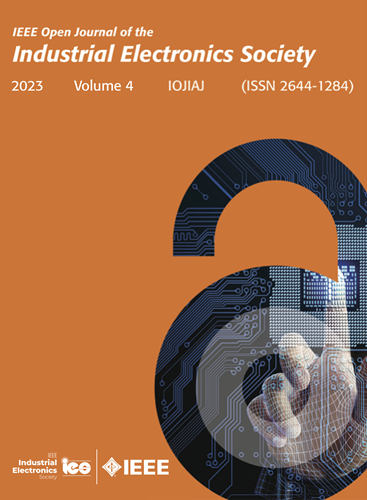动态环境下自主移动机器人避障同步规划与跟踪框架
IF 7.2
1区 工程技术
Q1 AUTOMATION & CONTROL SYSTEMS
引用次数: 0
摘要
自主移动机器人的轨迹跟踪和避障问题通常是通过分层规划和跟踪方法来解决的。然而,这种异步方法在计划阶段和控制命令的执行之间引入了时间延迟。为了解决这一问题,本文提出了一种同步规划与跟踪框架,将系统状态和障碍物信息直接转化为控制信号。具体而言,基于一种新颖的模型预测控制方法,将这两个阶段集成为一个最优控制问题。将安全约束修正为椭圆障碍模型,在目标函数中对有限视界内的预测相对距离进行惩罚。这些改进保证了最优控制问题的可行性,并实现了非保守回避性能。此外,还专门开发了动态避障触发条件,确保在障碍物运动意图不可预测的情况下,事件触发机制仍然适用。实验在一个集成了板载处理器的移动平台上进行,以验证所提出框架的可靠性。结果表明,与传统方法相比,该方法具有更好的实时性、更高的成功率和更流畅的操作。本文章由计算机程序翻译,如有差异,请以英文原文为准。
Simultaneous Planning and Tracking Framework for Obstacle Avoidance of Autonomous Mobile Robots in Dynamic Scenarios
The trajectory tracking and obstacle avoidance problems of autonomous mobile robots are typically solved through the layered planning and tracking method. However, this asynchronous method introduces a temporal lag between the planning stage and the execution of the control command. To solve this problem, this article proposes a simultaneous planning and tracking framework, which directly translates system states and obstacle information into control signals. Specifically, based on a novel model predictive control method, the two stages are integrated into a single optimal control problem. The safety constraint is modified with an elliptical obstacle model, and the predicted relative distances in a finite horizon are penalized in the objective function. These improvements ensure the feasibility of the optimal control problem and achieve the nonconservative avoidance performance. Furthermore, a triggering condition is specially developed for dynamic obstacle avoidance, ensuring that the event-triggered mechanism remains applicable even when the motion intentions of obstacles are unpredictable. Experiments are carried out on a mobile platform that is integrated with an onboard processor to validate the reliability of the proposed framework. The results show superior real-time performance, a higher success rate, and smoother operation compared to conventional methods.
求助全文
通过发布文献求助,成功后即可免费获取论文全文。
去求助
来源期刊

IEEE Transactions on Industrial Electronics
工程技术-工程:电子与电气
CiteScore
16.80
自引率
9.10%
发文量
1396
审稿时长
6.3 months
期刊介绍:
Journal Name: IEEE Transactions on Industrial Electronics
Publication Frequency: Monthly
Scope:
The scope of IEEE Transactions on Industrial Electronics encompasses the following areas:
Applications of electronics, controls, and communications in industrial and manufacturing systems and processes.
Power electronics and drive control techniques.
System control and signal processing.
Fault detection and diagnosis.
Power systems.
Instrumentation, measurement, and testing.
Modeling and simulation.
Motion control.
Robotics.
Sensors and actuators.
Implementation of neural networks, fuzzy logic, and artificial intelligence in industrial systems.
Factory automation.
Communication and computer networks.
 求助内容:
求助内容: 应助结果提醒方式:
应助结果提醒方式:


